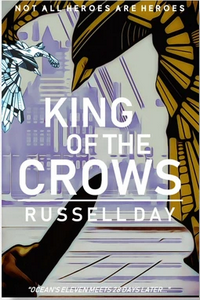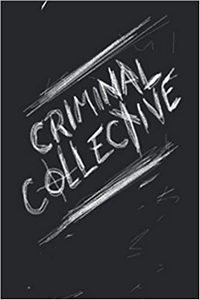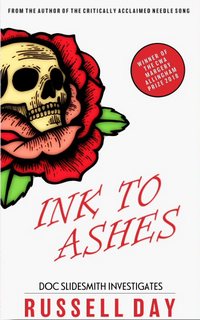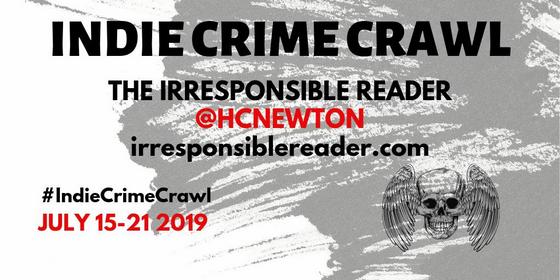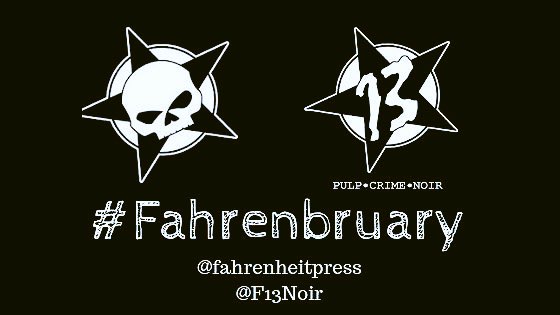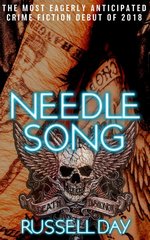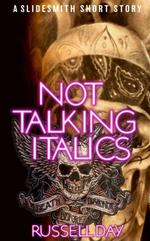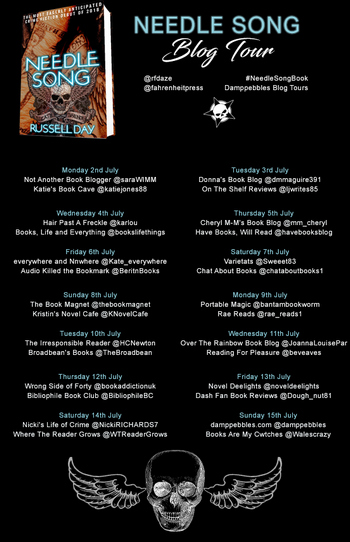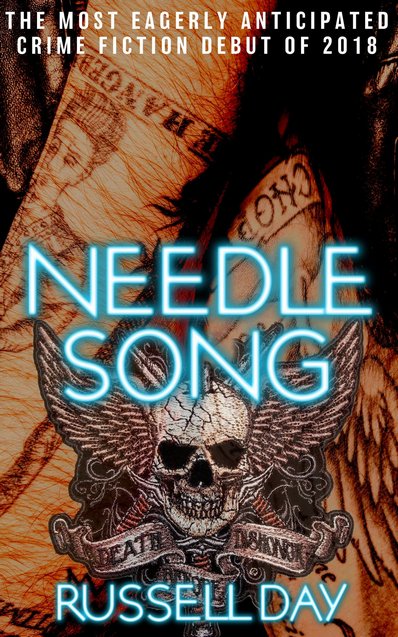I did a lousy job on this…I’m just not capable of discussing this book properly. But I gave it a shot, though.
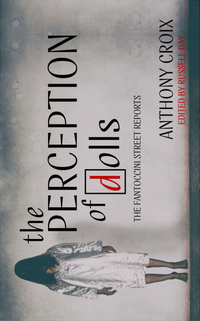 The Perception Of Dolls
The Perception Of Dolls
by Anthony Croix, Edited by Russell Day
DETAILS: Publisher: Fahrenheit Press Publication Date: December 2, 2023 Format: Hardcover Length: 277 pg. Read Date: January 16-19, 2023

What’s The Perception Of Dolls About?
There’s no way to simply talk about this book. Period. So this is going to take a bit, bear with me. Let’s start with this from the Publisher’s site:
“It’s almost as if history is trying to erase the whole affair.” – Anthony Croix
The triple murder and failed suicide that took place at 37 Fantoccini Street in 2001, raised little media interest at the time. In a week heavy with global news, a ‘domestic tragedy’ warranted few column inches. The case was open and shut, the inquest was brief and the ‘Doll Murders’ – little more than a footnote in the ledgers of Britain’s true crime enthusiasts – were largely forgotten.
Nevertheless, investigations were made, police files generated, testimonies recorded, and conclusions reached. The reports are there, a matter of public record, for those with a mind to look.
The details of what took place in Fantoccini Street in the years that followed are less accessible. The people involved in the field trips to number 37 are often unwilling, or unable, to talk about what they witnessed. The hours of audio recordings, video tapes, written accounts, photographs, drawings, and even online postings are elusive, almost furtive.
In fact, were it not for a chance encounter between the late Anthony Croix and an obsessive collector of Gothic dolls, the Fantoccini Street Reports might well have been lost forever.
But that’s not all—the late Anthony Croix was an independent journalist, and from that encounter with the doll collector, he gets on the trail of 37 Fantoccini Street and what happened there—from the murders to the repeated trips by students from London North University looking into paranormal activity on the site.
Croix conducted those interviews with those from the visits who were still alive and capable of being interviewed, and wrote up descriptions of the photographs and videos (he wasn’t permitted to copy them or use them in his final work), compiling all this into a book that he was unable to finish before his death.
Enter Russell Day who took the notes and drafts compiled by Croix and assembled them into a (mostly) publishable form. (that’s not a knock on Day’s work, he did what he could to honor Croix’s particular style)
Reading a Documentary
Back in junior high/high school, I remember watching documentaries and documentary-style TV shows about paranormal investigations and unsolved crimes. This reads a lot like one of those. Those would feature a lot of intercut interviews telling the story—some contradicting the others—with a little, but not too much voice-over narration stitching them together. There’d also be some questionable photographs and some dark video clips that are hard to see a whole lot of detail in.
That’s pretty much what The Perception Of Dolls is—just in book form. It’s surprisingly effective—it doesn’t take a whole lot of imagination on the part of the reader to “see” the whole thing. Yeah, the format of interview transcripts and descriptions of the visuals are pretty bare-boned, but you’ll find yourself supplying all the necessary details with almost no prompting from the text.
When Style is Not a Style
Whether I’ve discussed a short story or a novel by Day, one of the things I inevitably talk the most about is his style.
None of that is evident here. Not one bit. As I said, this reads as dryly as a transcript of a documentary—which is exactly what Day was going for. The absence of style is as much work—if not much more—than Day’s typically flashy and gorgeous styles.
“Dry” doesn’t mean dull—not for a second. Day dives so far into the persona of Croix—eliding obscenities, odd typography, purposefully including typos, sentence fragments, etc. that the text of the novel itself becomes a character as vibrant as any of the others.
So, what did I think about The Perception Of Dolls?
So…when I first saw this advertised, I didn’t think this would be my cup of tea—it’s not really a genre I’m all that fond of, and rarely want to try. But then I remembered that the genre of “Things written by Russell Day” is definitely one of my favorites, so I went for it.
I’m so glad that I tried this.
Objectively, I’d say that there’s little reason on the page to feel unease, dread, anxiety, or much of anything actually. But because of the subject matter and/or the way that the story is told—I don’t see how you don’t feel dread, anxiety, and a growing sense of creepiness throughout. The last photograph described by Croix is going to stick with me a little longer than I’m comfortable with, I’ve got to say. It’s impossible to say what precisely happened—at almost any point the book describes—at 37 Fantoccini Street or with some of the related events, but something’s not right about that place. Everything that ever happened there needs to be narrated by Robert Stack.*
* I don’t know if that will mean anything to anyone who wasn’t watching U.S. TV in the late 1980s, but I assure you, it’s an apt observation.
Okay, I take that back—there’s objectively at least one scene that should make any reader feel creeped out and possibly anxious. Croix gets to view the doll collector’s collection. If imagining 897 dolls of various types and conditions in one room (I’ll leave the details to the book) doesn’t give you the heebie-jeebies, you should seek professional help.
Everything in this book is unreliable—the narratives in the newspapers from the original killings were only printed in a newspaper that doesn’t exist anymore, and the photographs from that story—or anytime after that, are only described. Even a documentary related to murder is of dubious quality. You’ll find plenty to question in the witness accounts of what happened—particularly when they differ (and, yes, I’m sure they’re all lying—it’s tough to decide which one is lying when). The reader is given plenty of reasons throughout to wonder about Anthony Croix’s accuracy—and there appear to be pages missing from his manuscript that could change our understanding of the whole thing. All of which serves to increase my general feelings of unease about the whole narrative.
Near the end of the book, Croix is talking about someone he interacted with a lot saying they’re a perfect “reflector”
of the overarching story of number 37. Facts present themselves but offer no revelations and produce questions, not answers.
That’s precisely what this book delivers—and it does so in a way that even people who demand a lot of resolution from a story can be satisfied with it. I wondered more than once what I’d end up thinking about this book as I walked through it, I was uncertain most of the time I spent reading. But the last few chapters solidified things for me. And the days I’ve spent afterward thinking about the whole thing make me even more sure—it’s one of those books that gets better the more you think about it—I’m dazzled by this book. I’m not in awe—and I certainly didn’t enjoy most of it (if by enjoy you mean “had fun while reading”). But I was hooked. I was captivated. I was (at least momentarily) obsessed with it.

This post contains an affiliate link. If you purchase from it, I will get a small commission at no additional cost to you. As always, the opinions expressed are my own.
![]()



